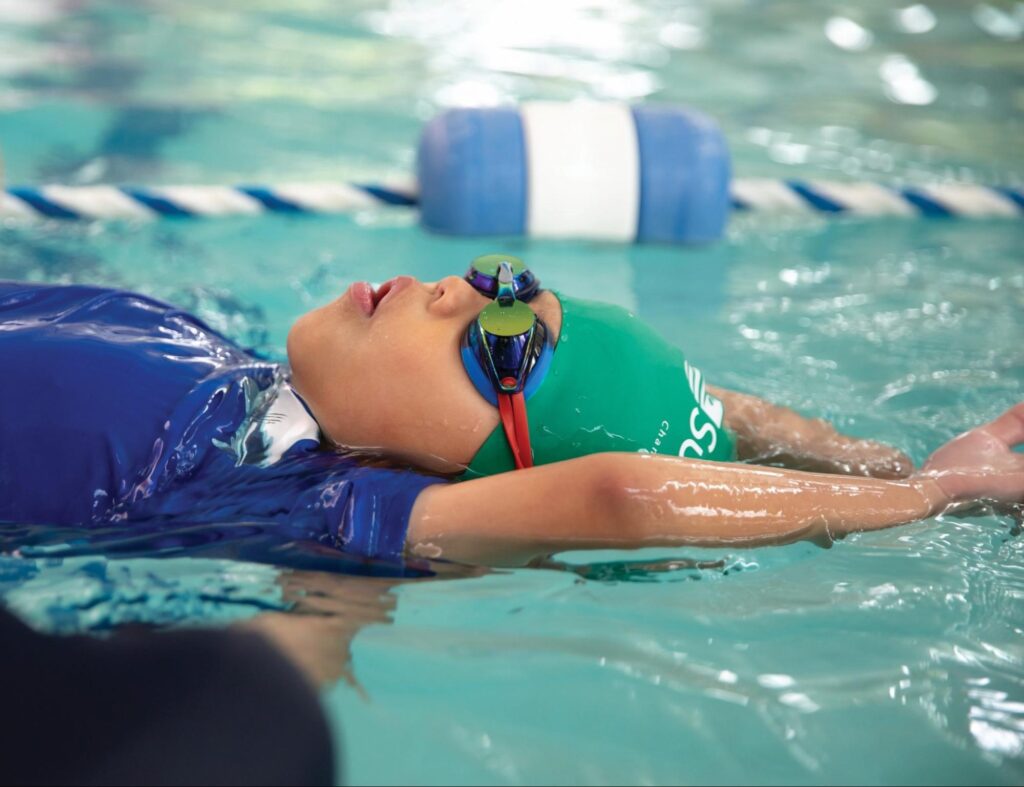
Water safety is an essential concern for parents, especially as children grow more curious about the world around them. Whether it’s at the beach, in the pool, or at a family picnic by a lake, water can be both a source of fun and a potential risk. Accidental drownings are one of the leading causes of injury-related death among children, and many of these accidents can be prevented with proper education and safety precautions.
In this article, we’ll share some vital water safety tips that every parent should know to keep their child safe around water. We’ll also highlight how swimming lessons can help instill lifelong water safety habits in children.
The Importance of Early Water Safety Education
Each year, thousands of children are affected by water-related accidents, many of which could have been avoided. According to the Centers for Disease Control and Prevention (CDC), drowning remains one of the leading causes of unintentional injury death among young children. It’s a silent and fast event—drowning often happens quickly, in as little as 20-60 seconds, and can occur in just a few inches of water.
For this reason, it’s essential to teach children about water safety as early as possible. Swimming lessons for infants, toddlers, and older children not only teach them how to swim but also provide them with the knowledge to avoid dangerous situations in the water.
Leading Water Safety Tips for Parents
As a parent, staying vigilant is key when it comes to water safety. Here are some practical tips to ensure your child’s safety around water:
- Always Supervise Children Around Water: Even if your child knows how to swim, never leave them unsupervised around water. Accidents can happen in the blink of an eye, whether it’s in a pool, a bathtub, or a natural body of water.
- Teach Children How to Float and Safely Enter/Exit the Water: One of the most basic water safety skills is knowing how to float and exit the water safely. These skills can give children the ability to stay calm and get out of the water if needed.
- Use Age-Appropriate Life Jackets When Necessary: For younger children, or those who aren’t strong swimmers, always use a life jacket when they’re near or in water. Make sure the life jacket is properly fitted to their size and weight.
- Keep Pool Gates and Fences Secure: A pool fence with a self-latching gate can be a critical barrier between your child and the water. Make sure the gate is always closed, and the pool area is secure when not in use.
- Learn CPR and Basic First Aid: Accidents can still happen despite all precautions, so it’s important to know how to react in case of an emergency. CPR and basic first aid training can save lives.
- Ensure Safety Gear Is Up to Standard: Always check the condition of your safety equipment, including life jackets, pool covers, and other safety devices. Ensure they are working correctly before using them.

These water safety tips should be part of every parent’s routine to help reduce the risk of accidents. Remember, safety doesn’t end with precautions—it also involves teaching your child how to behave safely around water.
| Water Safety Tip | Why It’s Important |
| Always supervise children around water. | Accidents can happen quickly, even when children can swim. |
| Teach children how to float and exit the water. | Floating and exiting the water safely can prevent panic. |
| Use life jackets for younger or non-swimmers. | Provides buoyancy and keeps kids safe in the water. |
| Secure pool gates and fences. | Prevents children from accessing the pool area unsupervised. |
| Learn CPR and first aid. | Can be critical in emergencies while waiting for medical help. |
Why Swimming Lessons Are Essential for Water Safety
Swimming lessons do more than just teach kids to swim—they are crucial for instilling essential water safety skills. When children start swimming lessons early, they learn about water safety in a controlled, supervised environment. They become familiar with water, develop confidence, and gain the ability to respond to water emergencies in a calm manner.
One of the key benefits of swimming lessons is that children also learn the importance of following safety rules, such as not running near the pool and recognizing when it’s not safe to enter the water. By teaching kids how to swim properly and safely, they develop the skills necessary to enjoy the water while minimizing the risk of accidents.
Enrolling your child in a structured swim program, like those offered by SwimRight Academy, provides them with the best opportunity to learn these life-saving skills.
Benefits of Swimming Lessons for Infants
You might wonder: Can babies really learn water safety skills? The answer is yes. Swimming lessons for infants are not just about getting them comfortable in the water. They can teach babies and toddlers vital water safety techniques, such as how to float on their back and roll over in the water.
Infant swim lessons also help with coordination, muscle development, and overall physical health. Babies who participate in early swim classes tend to develop confidence in their abilities and build a sense of independence. Contrary to some myths, infant swimming is not only safe but highly beneficial when taught with appropriate techniques by certified professionals.
At SwimRight Academy, our swimming lessons for infants emphasize safety and fun, with a focus on skills that lay the foundation for future swimming abilities.
What to Look for in a Swim School
When selecting a swim school for your child, consider the following factors to ensure they receive the best instruction in a safe environment:

- Certified Instructors: Look for instructors who are certified in water safety and CPR, and who have experience teaching children of all ages.
- Focus on Water Safety and Gradual Skill Development: A good swim school will emphasize water safety and build skills progressively to suit your child’s developmental stage.
- Age-Appropriate Programs and Low Instructor-to-Child Ratios: Ensure that the swim school offers classes tailored to your child’s age and abilities, with a low instructor-to-child ratio to ensure individualized attention.
SwimRight Academy is a trusted provider of swimming lessons that focus on water safety and skill development. With certified instructors and age-appropriate programs, it’s an excellent choice for families who want to prioritize water safety.
FAQs
Here are some common questions parents ask when it comes to water safety:
At What Age Can I Start Swimming Lessons For My Infant?
Swimming lessons can start as early as 6 months old, focusing on water comfort and safety skills.
How Can I Make My Child More Comfortable In The Water?
Start with gradual exposure, ensuring your child feels safe and secure in the water. Gentle interactions, such as splashing or playing games, can help build comfort.
What Are The Signs That My Child Is In Danger In The Water?
Signs of distress include panic, inability to keep their head above water, or a lack of movement. Always watch for signs that your child may be struggling.
By following these water safety tips and enrolling your child in swimming lessons, you’re taking important steps toward ensuring their safety around water. Early water safety education is an investment in your child’s health and well-being, and it can give you peace of mind knowing that they’re equipped with the skills to stay safe. If you haven’t already, consider signing your child up for swim lessons at SwimRight Academy today, and help them become confident swimmers and safe water enthusiasts.












